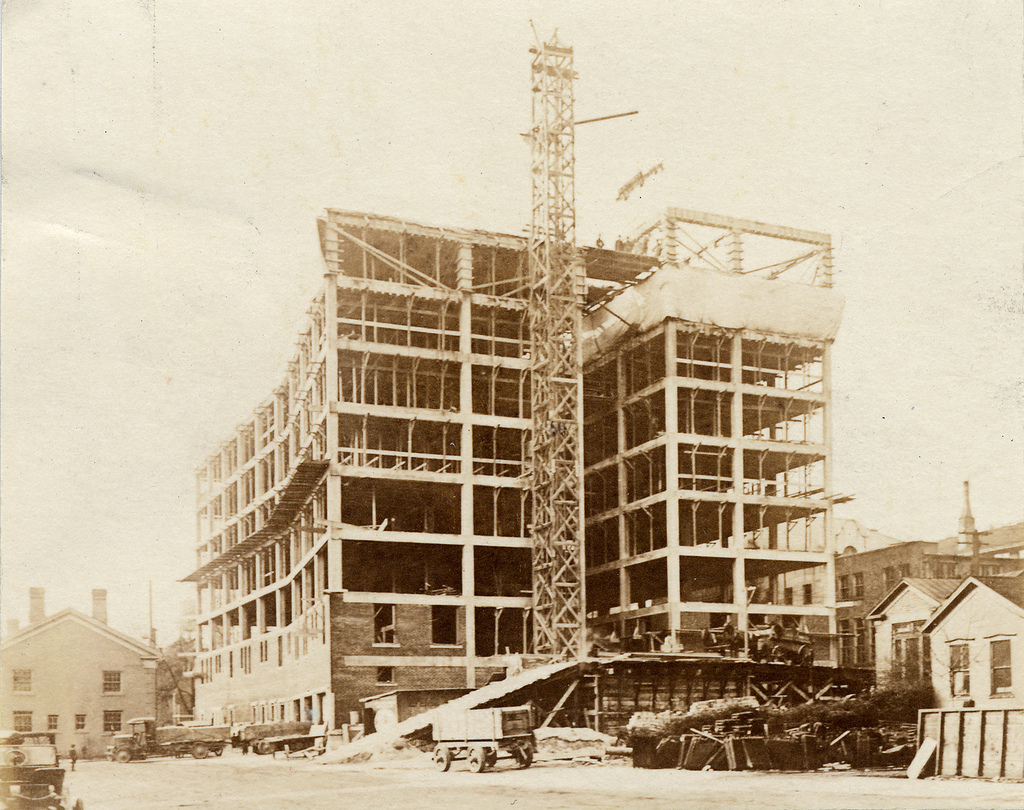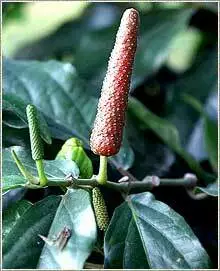9 Likes
#cross
#JimmyCliff 4/1/1948 #Birth Jamaican musician
https://www.youtube.com/watch?v=TegLTsuvzXQ
#Jimmy-Cliff performing "Many #Rivers To #Cross" on #KCRW
4 Likes
2 Comments
The #Carolingian Cross is but one variation in the vast historical imagery of Christian symbolic representations of the Crucifixion of Jesus, going back to at least the ninth century.[1] All crosses and Christian symbols have an inherent meaning arising from a multitude of sources and distinct features that set them apart from other religions.[2] From both a design aspect and a theological perspective, the Carolingian Cross consists of a mixture of Christian and pre-Christian concepts built over a long history of cultural adaptation, religious iconography, liturgical practices and theological premises. German graphic designer Rudolf Koch in 1932 published a collection of 158 plates of drawings of Christian symbols. Under the heading of "Cross", this includes twelve drawings of Christian cross variants. One of these, the "Carolingian Cross" (Karolingisches Kreuz) shows a cross of #four #triquetras
Iron Age
The term triquetra in archaeology is used of any figure consisting of three arcs, including a pinwheel design of the type of the triskeles. Such symbols become frequent from about the 4th century BC ornamented ceramics of #Anatolia and #Persia, and it appears on early #Lycian coins.[1]
The triquetra is found on runestones in Northern Europe, such as the Funbo #Runestones, and on early Germanic coins.[citation needed] It bears a resemblance to the valknut, a design of three interlacing triangles, found in the same context.
Insular art
The triquetra is often found in insular #art, most notably metal work and in illuminated manuscripts like the #Book-of-Kells. It is a "minor though recurring theme" in the secondary phase of Anglo-Saxon sceatta production (c. 710–760).[2] It is found in similar artwork on early Christian High Crosses and slabs. An example from early medieval stonework is the Anglo-Saxon frithstool at Hexham Abbey.[3]
The #symbol has been interpreted as representing the #Holy #Trinity, especially since the #Celtic revival of the 19th century. The original intention by the early medieval artists is unknown and experts[who?] warn against over-interpretation.[2] It is, however, regularly used as a Trinitarian symbol in contemporary Catholic iconography.
Buddhist tradition
The triquetra has been a known symbol in Japan called Musubi Mitsugashiwa.[citation needed] Being one of the forms of the Iakšaku dynasty signs, it reached #Japan with the dynasty's Kāśyapīya spreading technology and Buddhism via Kingdom of Khotan, #China and #Korea.[citation needed]
Modern use
The triquetra is often used artistically as a design element when Celtic #knotwork is used, especially in association with the modern Celtic Nations. The triquetra, also known as a "trinity knot", is often found as a design element in popular Irish jewelry such as claddaghs and other wedding or engagement rings.
Celtic pagans or neopagans who are not of a Celtic cultural orientation may use the triquetra to symbolise a variety of concepts and mythological figures. Due to its presence in insular Celtic art, Celtic Reconstructionists use the triquetra either to represent one of the various triplicities in their cosmology and theology (such as the tripartite division of the world into the realms of Land, Sea and Sky),[5] or as a symbol of one of the specific Celtic triple goddesses – for example the battle goddess, The #Morrígan. The symbol is also sometimes used by #Wiccans, #White Witches, and some New Agers to symbolise the #Triple #Goddess, or as a #protective symbol.[6]
https ://en.wikipedia.org/wiki/Triquetra
One person like that

#cross #ventilation #architecture #wind
Photograph. The building where I live under construction in 1918.
CROSS VENTILATION - Architecture
Cross ventilation is a natural phenomena where wind, fresh air or a breeze enters upon an opening, such as a window, and flows directly through the space and exits through an opening on the opposite side of the building (where the air pressure is lower). This produces a cool stream of air and as well as a current across the room from the exposed area to the sheltered area. Other terms used for the effect include, cross-breeze, cross-draft, wind effect ventilation and cross-flow ventilation.
Windows or vents positioned on opposite sides of the room allow passive breezes a pathway through the structure, which circulate the air and provide passive cooling. Cross ventilation is a wind-driven effect and requires no energy, in addition to being the most effective method of wind ventilation. A commonly used technique to remove pollutants and heat in an indoor environment, cross ventilation can also decrease or even obviate the need for an air-conditioner and can improve indoor air quality.
'https://en.wikipedia.org/wiki/Cross_ventilation
3 Likes
4 Comments
1 Shares
3 Likes

#Ardra #Nakshatra: The Nakshatra’s ruling tree is the #Krishna #Kamal #flower.

https://agriculturereview.com/how-to-grow-passion-flower-plant-in-garden
To fulfil their wishes, the natives of this Nakshatra should routinely circumambulate around this tree

It’s said that #passionflower got its name because its corona resembles the crown of thorns worn by #JesusChrist during the #crucifixion. It symbolizes #Christ’s suffering on the #cross. It is more commonly known as the #crown #of #thorns.
This flower also resembles a #rakhi which is worn on the wrist of every brother on #Raksha #Bandhan festival all over India as the symbol of a #sister’s #love for her #brother.
Medicinal Applications :
Passionflower is used traditionally as a #calming #herb for #anxiety, #insomnia, #seizures, and #hysteria.
A decoction of passion flower has been successfully used in #bronchial #asthma.
Early research indicated that an extract of passion flower was effective against the disturbance of #menopause.
https://wiki.nurserylive.com/t/ever-thought-why-this-plant-is-known-as-krishna-kamal/633
As per #VedicAstrology, the ruling planet for #Aardra Nakshatra is Planet #Rahu. It looks like a Tear Drop. The Hindu deity for this Nakshatra is #Rudra (a form of Shiva) . The gender of this star is female. If you belong to Aardra constellation, check out predictions related to it such as characteristics, personality and traits, education and income, family life, and much more.
https://www.astrosage.com/nakshatra/ardra-nakshatra-characteristics.asp
4 Likes
6 Likes
7 Likes
3 Likes
10 Likes
1 Shares
One person like that
















